Fluxx—No Capacitors Needed!
/Review by Jeremiah In 1997, Andrew J. Looney better known as Andy Looney released Fluxx, through his upstart gaming company "Looney Labs." Since then the game has taken off, generating four different editions of "Original Fluxx" and spawning seven different versions of the game, each with its own unique theme and flavor. Not to mention the available expansions for most versions.
We'll be posting reviews of the versions at a later date, but today we'll just cover the original version, known for being the "ever changing card game".
Yes, the game Fluxx, is in a constant state of Fluxx; if you're like some of my gaming friends, honestly this may not be the game for you. The randomness and unpredictability of this game has claimed many a casualty over the years. At the start of the game there is literally NO WAY for anyone to win. The rules are simple: Draw one card, play one card. Through the course of the game, the cards that are played determine the rules, game-play, and goal of the game.
There are several types of cards that can be played -
New Rules: These add different rules to the game; they can be as simple as how many cards you draw/play. Or in some versions they may dictate the type of accent you must speak with in order to gain the ability to draw more cards or gain some sort of advantage.
Actions: Play these cards and do what the card says. They often let you swap a currently desirable card with another player, or snatch that "Rules Reset" card from the discard pile so you can get rid of the large pile of new rules that takes an engineering degree to keep track of.
Keepers: Simply a card is played in front of you that remains in play until something happens to rip it from your clutches. These are often the cards that Goals cards will refer to as an objective for winning the game. By having the right pair of Keepers at the right time you can claim victory, or not. Keepers are typically a card that represents an object: Money, the Sun, Brain, Cookies, Time, Rocket, etc.
Goals: Finally, we know how to win the game! Goals generally require players to have a certain pair of Keepers in front of them in order to win.
Yes, you can win this game by having Milk and Cookies.
Creepers: Creepers are a newer concept to the Fluxx franchise; these are literally cards that creep right out of the draw deck and into your play area. They keep you from winning the game (unless, of course, the current goal, or a New Rule states otherwise), and are a general nuisance. There are only a total of four of them in Original Fluxx: War, Death, Taxes, and the ever present and dangerous Radioactive Potato!
Most gamers love and/or hate the fact that you constantly have to rethink and adjust your strategy during the game. You could literally be holding the card that would guarantee your victory, and by the time your turn comes around the goal has changed 3 times and someone has stolen that card from you anyway. It is also quite possible that the rules will dictate that you play a card that instantly claims victory...for another player! It happens—deal with it!
This is a great family/youth/group game that supports up to 6 players, and is generally a quick play (I've played games that last as little as 3 minutes or have gone up to 35 minutes). It sells for under $20, and because of the random aspect it has a pretty high ceiling in terms of re-playability.
In case you haven't picked up on this, Fluxx isn't a game for everyone. If you feel the need to plot your strategy out 3-4 turns ahead, you will probably get a little flustered with the game, but for some quick-moving, light-hearted, think-on-your-feet, silly fun, it can't be beat.
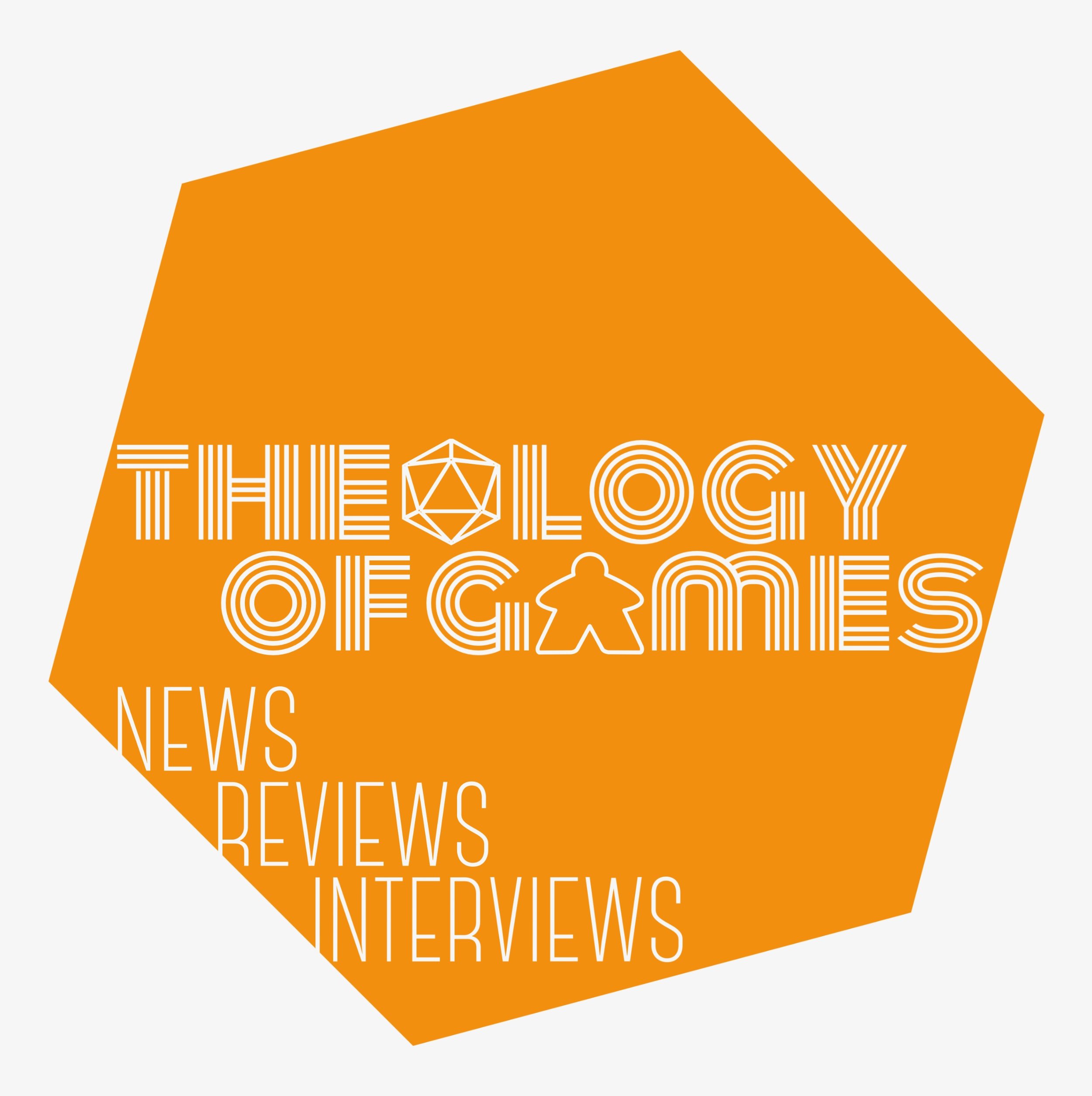



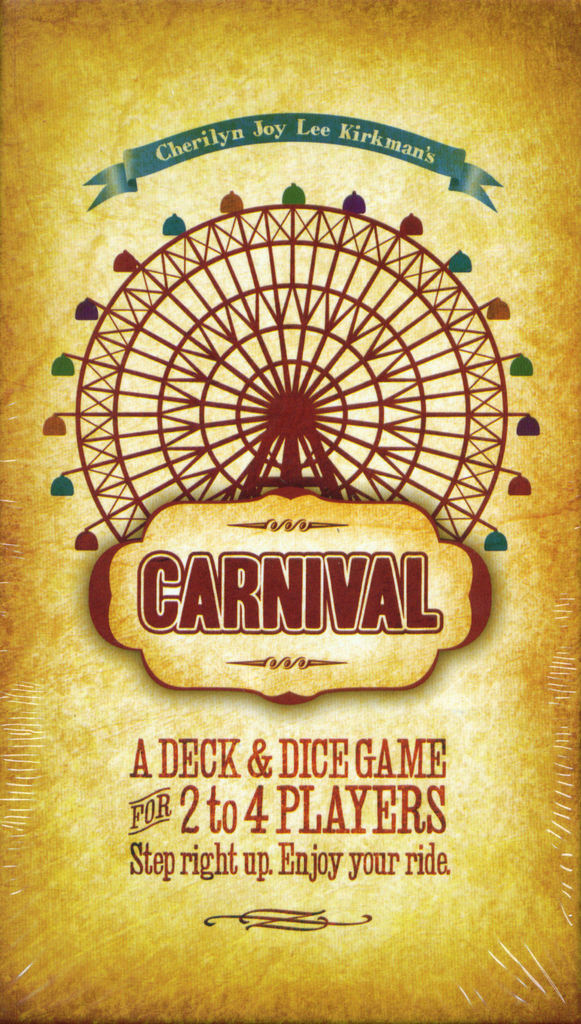


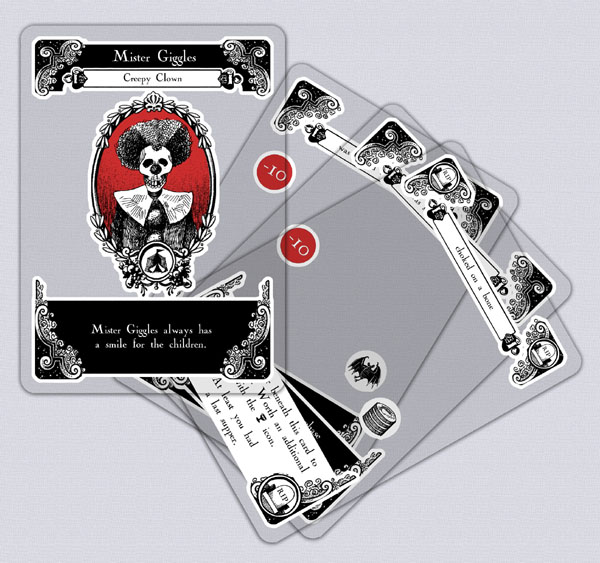

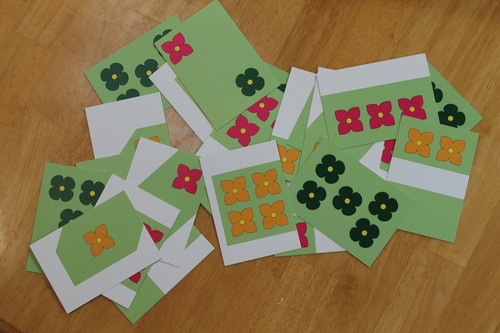
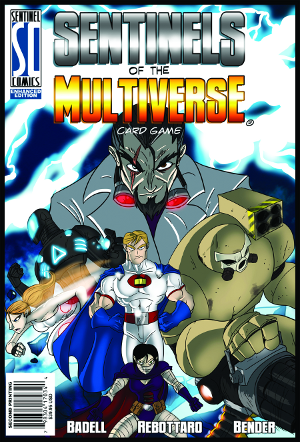
 We're looking forward to grabbing a copy of the game and sharing our thoughts with all of you; it has the makings of a great title: comic-book-type heroes, a slew of baddies, and your chance to save the day with your friends!
We're looking forward to grabbing a copy of the game and sharing our thoughts with all of you; it has the makings of a great title: comic-book-type heroes, a slew of baddies, and your chance to save the day with your friends!












